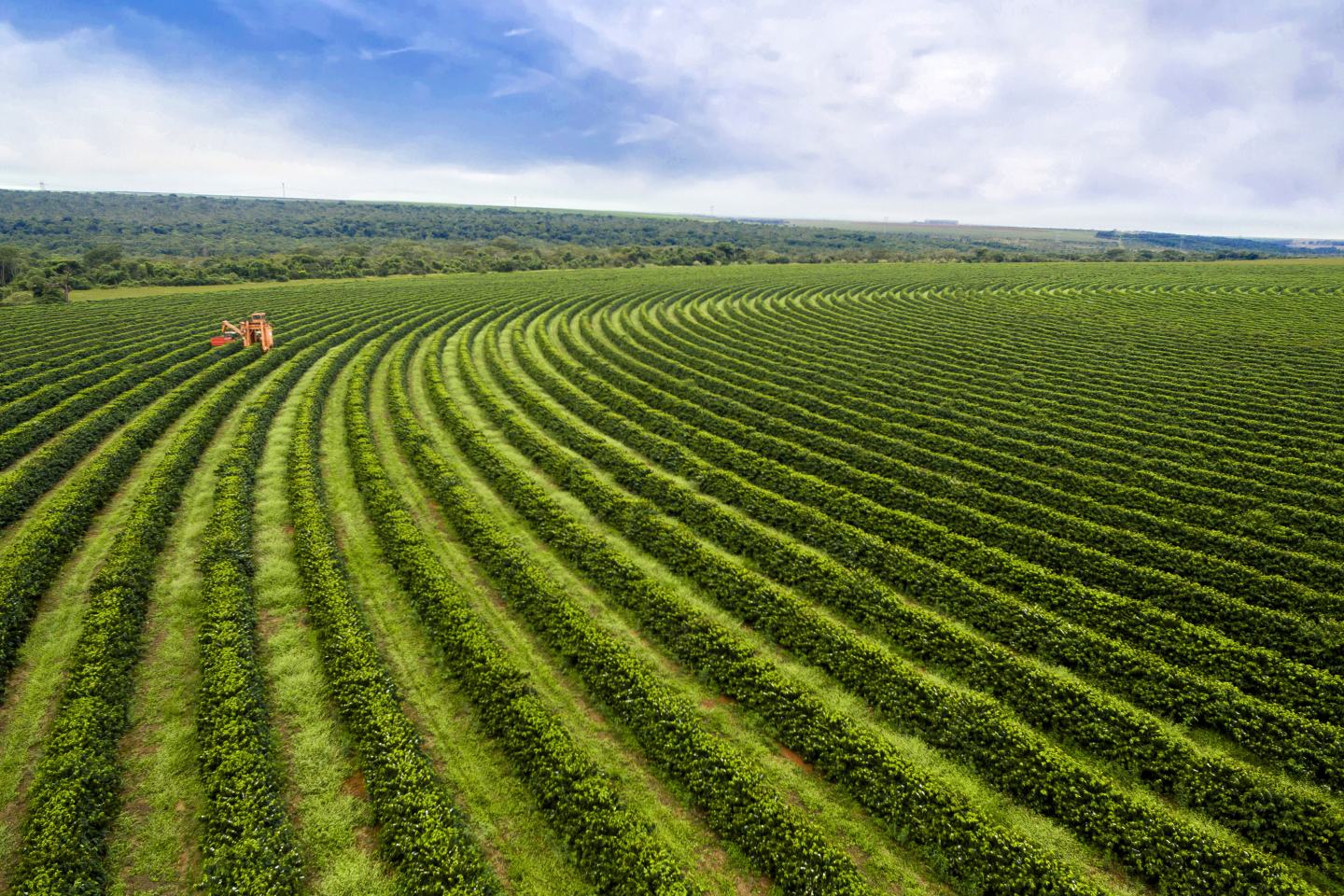CLIMATE CHANGE, water shortages, and evolving regulations present complex challenges for agriculture. At FMC Corporation, we have reframed these challenges as the driving force behind our most promising crop protection innovations.
At our Stine Research Center in Newark, Del., FMC is developing groundbreaking solutions for farmers in every corner of the globe. Advancements in sustainable crop protection are happening every day at Stine, whether it’s discovering new molecules or advancing cutting-edge biological solutions.
Solutions like FMC’s Dodhylex™ active herbicide are paving a more sustainable path for agriculture by enabling practices that reduce carbon emissions and promote water stewardship. Discovered at Stine, Dodhylex™ active is the first novel mode of action (MOA) herbicide in more than 30 years. This breakthrough solution helps farmers manage weeds that have developed resistance to existing MOAs while supporting climate-smart practices like direct-seeded rice (DSR).
The production of just one kilogram of rice requires a considerable 3,000 to 5,000 liters of water. As a water-intensive crop, it is more vulnerable to worsening droughts and competition for natural resources. DSR is a planting method that significantly reduces water use and lowers greenhouse gas emissions associated with producing rice. One of the challenges with this method is higher weed pressure, which leads to yield loss. Supporting growers and securing the world’s rice supply will depend on investments in new technologies like Dodhylex™ active that help make rice production more sustainable and efficient.
The unique microencapsulation technology for FMC’s Sofero™ pheromone solutions was also discovered and developed at Stine. These solutions harness the powerful signals of pheromones to naturally disrupt pest mating cycles and prevent them from reproducing. It’s a sustainable approach to protecting crops that focuses on prevention over treatment. Pheromones easily break down in the environment, so the team at Stine developed proprietary microencapsulation technology to shield the pheromones from the impacts of UV light and oxidation.
This technology also releases the pheromones slowly over time, providing farmers with longer-lasting protection from damaging pests. FMC’s R&D teams have been instrumental in bringing this innovation to market, and development continues to advance, with ongoing field trials incorporating cutting-edge drone technology for precision application.
Delaware’s strategic position as both an agricultural center and innovation hub provides FMC with a competitive advantage in developing and implementing these solutions. According to the USDA, nearly 40% of the state’s land is dedicated to farming, and the University of Delaware boasts diverse crop systems that mirror global trends. This makes Delaware not only agriculturally productive, but also a vital testing ground for sustainable practices.
Stine’s proximity to local growers, universities like the University of Delaware and Delaware State University, and policymakers creates an ideal environment for real-world testing of climate-smart technologies. This collaborative ecosystem has yielded remarkable innovations at FMC and demonstrates how Delaware-based innovation can have a global impact.
By investing in sustainable agricultural solutions, we are not just helping growers adapt to climate challenges — we are empowering them to be part of the solution.


